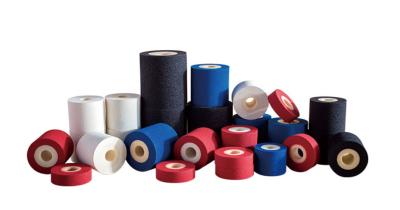(1)
Various
colors
(2) Consistent life
(3) Quick dry ink, provides no mess and solvent free printing



| Price | US $1 / piece |
| MOQ | 120 pieces |
| Delivery Time | 5-8 work days |
| Brand | DIKAI |
| Place of Origin | Shanghai |
| Model Number | DKW816 |
| Payment Terms | T/T |
| Supply Ability | 100000 Pieces per Month |
| Other Sizes | can be customized | Place of Origin | Shanghai |
| Model Number | DKW816 | Supply Ability | 100000 Pieces per Month |
| Name | DKW816 Hot Ink Roll | Brand Name | DIKAI |
| Payment Terms | T/T | Outer Diameter | 36mm, 40mm |
| Type | Solid Ink Roller | Colors | Black, Red, White, Blue |
| Price | US $1 / piece | Delivery Time | 5-8 work days |
| Length | 10, 16, 32, 36, 40mm | Minimum Order Quantity | 120 pieces |
| Life Time | at least 80,000 lines/ roll |